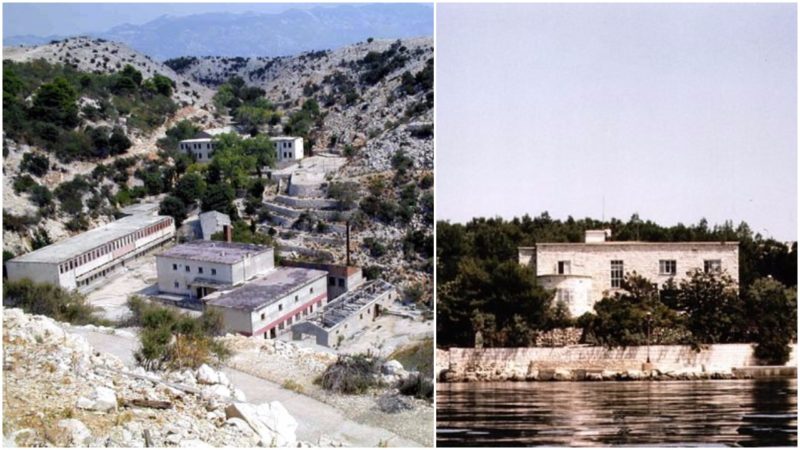Goli Otok is a small island located in the western part of the Republic of Croatia, in the northern Adriatic Sea just off the coast of Primorje-Gorski Kotar County.
More precisely, the island is located between the north-eastern part of the island of Rab and the mainland coast, in the northern part of the Velebit Channel. West of Goli Otok is situated the island of Sv. Grgur and north, the island of Prvic.
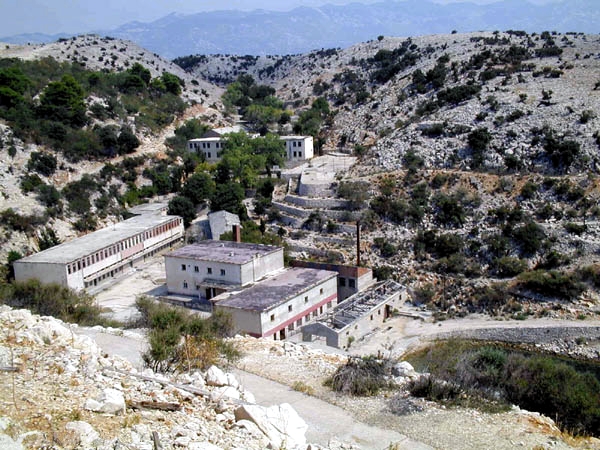
The island was never really inhabited and now has no permanent residents. The scarce grass is ideal food only for sheep. In fact the sheep are the only residents. The island is occasional grazing ground for shepherd’s flocks brought from the mainland and the near island of Rab.
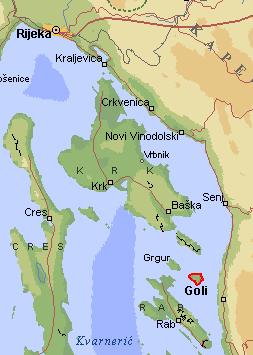
The region was also seen as a ideal place for building a prison. At the beginning of the 20th century, when this part of Croatia was under rule by the Austrian-Hungarian Empire, the authorities at the court of the Habsburg Dynasty decided to built a prison on this isolated island.
During the World War I on the island of Goli Otok Russian soldiers and other prisoners of war were imprisoned here after being captured on the Eastern Front.
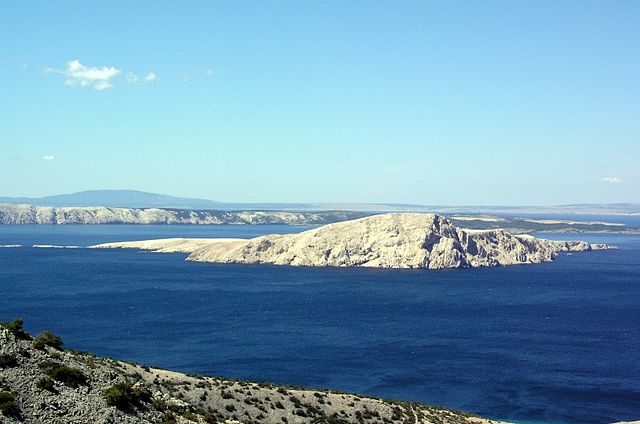
After the World War II, the government of The Socialist Federal Republic of Yugoslavia (Croatia was part of Yugoslavia then) in 1949, on the island of Goli Otok constructed a maximum-security prison and labor camp.
On the neighboring island of Sv. Grgur they built a camp for female prisoners. These two island were selected because the chances of escape from them were pretty minimal.
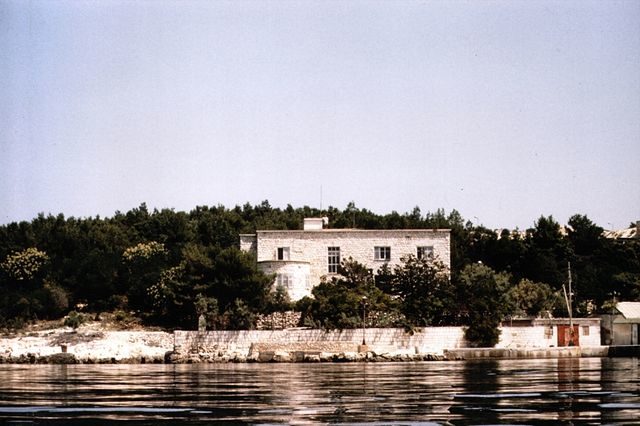
After the political conflict between the Soviet leader Stalin and the Yugoslavian leader Tito and during the so called Informbiro period, they used the prison on Goli Otok to jail people accused of collaboration with USSR. They were well-known Stalinist, other members of the Communist Party of Yugoslavia and even citizens who publicly supported the Soviet Union.
Also imprisoned were many anticommunist (Serbian, Croatian, Macedonian, Albanian and other nationalities) accused for nationalism and secession. Nonpolitical prisoners and other criminals were sent there too. For fifty years the prisons were in use, more than 16,000 prisoners were jailed on the island. Between 400 and 600 died there.
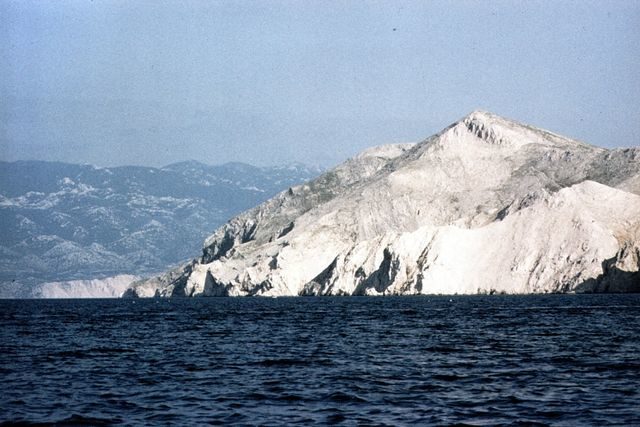
The conditions were extremely inhuman. The inmates were forced to do hard physical labor and they were often beaten by the guards. There are no reports that guards directly killed inmates, but they certianly didn’t react when inmates were murdered.
There are no officially documented successful escapes from the island. There were few attempts, but the fugitives drowned in the sea or were immediately captured and sent back to prison.
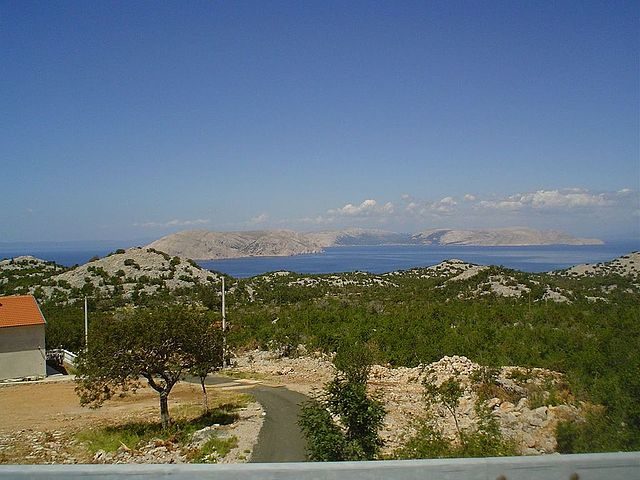
In 1955, the Yugoslavia-USSR relations were warmed and the period of Informbiro ended. The prison went under jurisdiction of the Socialist Republic of Croatia (as opposite of the Yugoslav federal authorities) and the last political prisoner was released in 1956. The prison complex continued to work as prison for criminals and serious offenders. It continued to be a taboo topic in Yugoslavia.
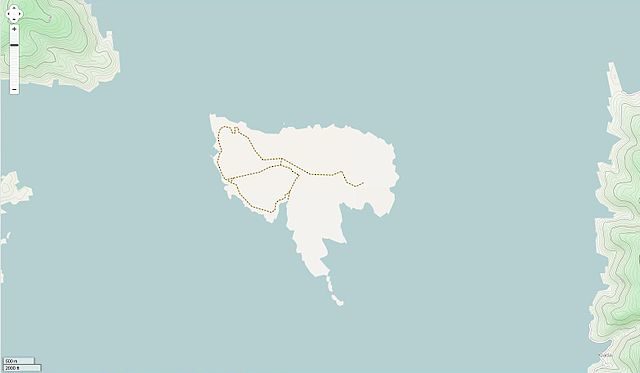
The prison was closed on 30 December 1988 and completely abandoned in 1989. Since then it has been left to decay. The ruined buildings of the former prison complex are now used as a shelter for the sheep and the shepherds from the island of Rab.
